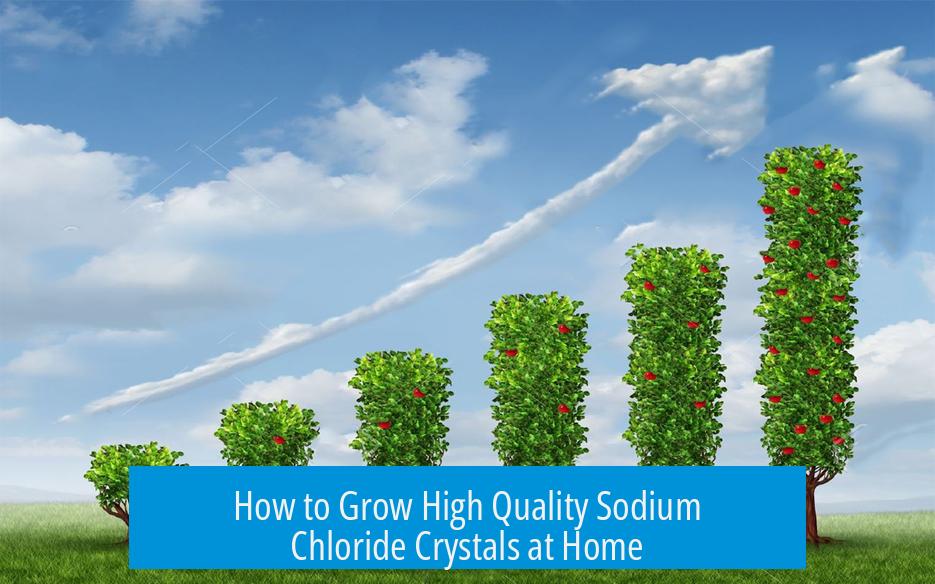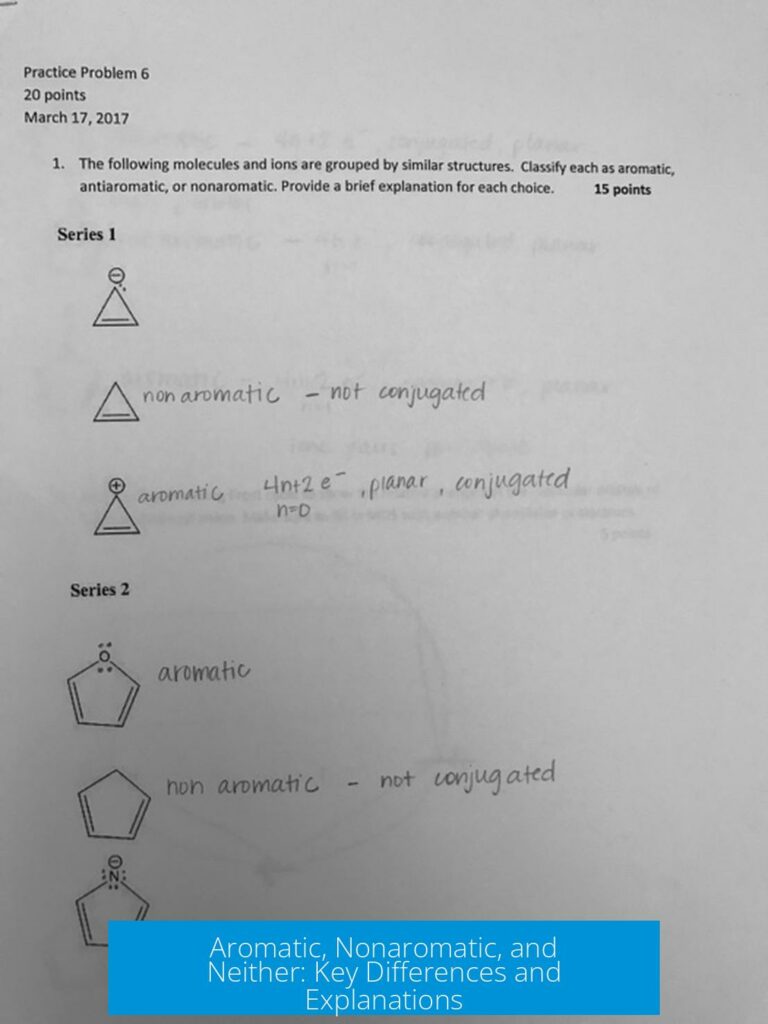How to Grow High Quality Sodium Chloride Crystals at Home

Growing high quality sodium chloride (NaCl) crystals at home is challenging but possible with a careful and reliable method. This involves controlling factors such as purity, nucleation, and the growth environment to achieve clear, cubic crystals approximately 1 cm in size.
Understanding the Challenges
Sodium chloride naturally forms a cubic crystal lattice. However, table salt usually appears as fine grains resembling sand rather than well-defined crystals.
- The difficulty arises because NaCl crystals nucleate quickly on dust and impurities.
- They also tend to clump together, trapping inclusions that reduce clarity.
- Growing large, transparent crystals requires controlling these factors carefully.
Many attempts fail due to rapid nucleation and the presence of contaminants.
Developing a Reliable Procedure
After persistent experimentation over three years, a reliable home method has emerged. This approach yields transparent NaCl crystals about 1 cm in size.
- The process uses pure salt and water to form a saturated solution.
- Slow evaporation and undisturbed conditions minimize unwanted nucleation.
- Use of clean containers and controlled temperature helps avoid defects.
- Monitoring the growth visually helps decide when to let crystals develop fully.
Detailed guides, including step-by-step instructions and pictures, enhance understanding and reproducibility. One such guide is accessible online to aid enthusiasts.
Technical Insights Into the Growth Process

| Factor | Impact on Crystal Growth |
|---|---|
| Water Purity | Distilled or deionized water reduces impurities that cause dislocations. |
| Salt Type | Non-iodized, additive-free NaCl produces clearer crystals. |
| Solution Concentration | About 5% saturated solution balances growth speed and clarity. |
| Container Size | Larger containers encourage bigger crystals but require more time. |
| Temperature | Stable, moderate temperatures prevent rapid evaporation or precipitation. |
Slow evaporation is key to avoiding rapid nucleation on dust. Crystal growth is tracked visually, with some formations allowed to mature even if they initially appear irregular.
Addressing Common Questions
- Storage: Store crystals in airtight containers to prevent moisture absorption and clumping.
- Water choice: Distilled or deionized water is preferred to avoid impurities.
- Salt additives: Anti-caking agents and iodine additives can interfere with crystal quality.
- Crystal size: Larger crystals (e.g., 10×10 cm) are possible but require extended growth periods, up to a year.
- Temperature concerns: In tropical climates, slower evaporation methods or cooler shaded spaces help maintain growth quality.
- Containers: Petri dishes or shallow jars of approximately 50 mL volume work well.
Comparison With Other Salt Crystals
Other salts, such as copper sulfate, typically grow larger and easier crystals quickly. Sodium chloride requires more precise control but offers benefits such as a well-defined cubic form and high clarity suitable for educational and decorative uses.
Potential Applications and Scientific Interest
Aside from aesthetic appeal, NaCl crystals have scientific and industrial value. For example, they are used to craft optical lenses in advanced optics due to their uniform structure and transparency.
Home-grown crystals can enhance learning in chemistry and crystallography. The simplicity of sourcing NaCl from common kitchen salt makes this a fascinating project.
Further Experiments and Preservation Techniques
- Experimenting with different salts or “prickling salt” might yield varying crystal morphologies.
- Preservation by embedding crystals in clear resin can extend their lifespan and maintain clarity.
- Controlling variables like temperature and humidity can optimize results over repeated trials.
Where to Find Detailed Instructions
A comprehensive guide, featuring stepwise explanations, photos, and troubleshooting tips, is available online for those interested in attempting this process at home. It covers everything from solution preparation to crystal harvesting.
It encourages feedback and questions, fostering community engagement for improving the method.
Key Takeaways
- Growing high quality NaCl crystals is difficult due to rapid nucleation and inclusions.
- A slow evaporation method using pure salt and distilled water produces ~1 cm transparent cubes.
- Controlling environment, container size, and water quality is critical.
- Storage in airtight containers prevents moisture damage.
- Large crystals are possible but require patience and extended growth time.
- NaCl crystals have educational, aesthetic, and scientific applications.
- Detailed guides with photos aid reproducibility for hobbyists and educators.




Leave a Comment